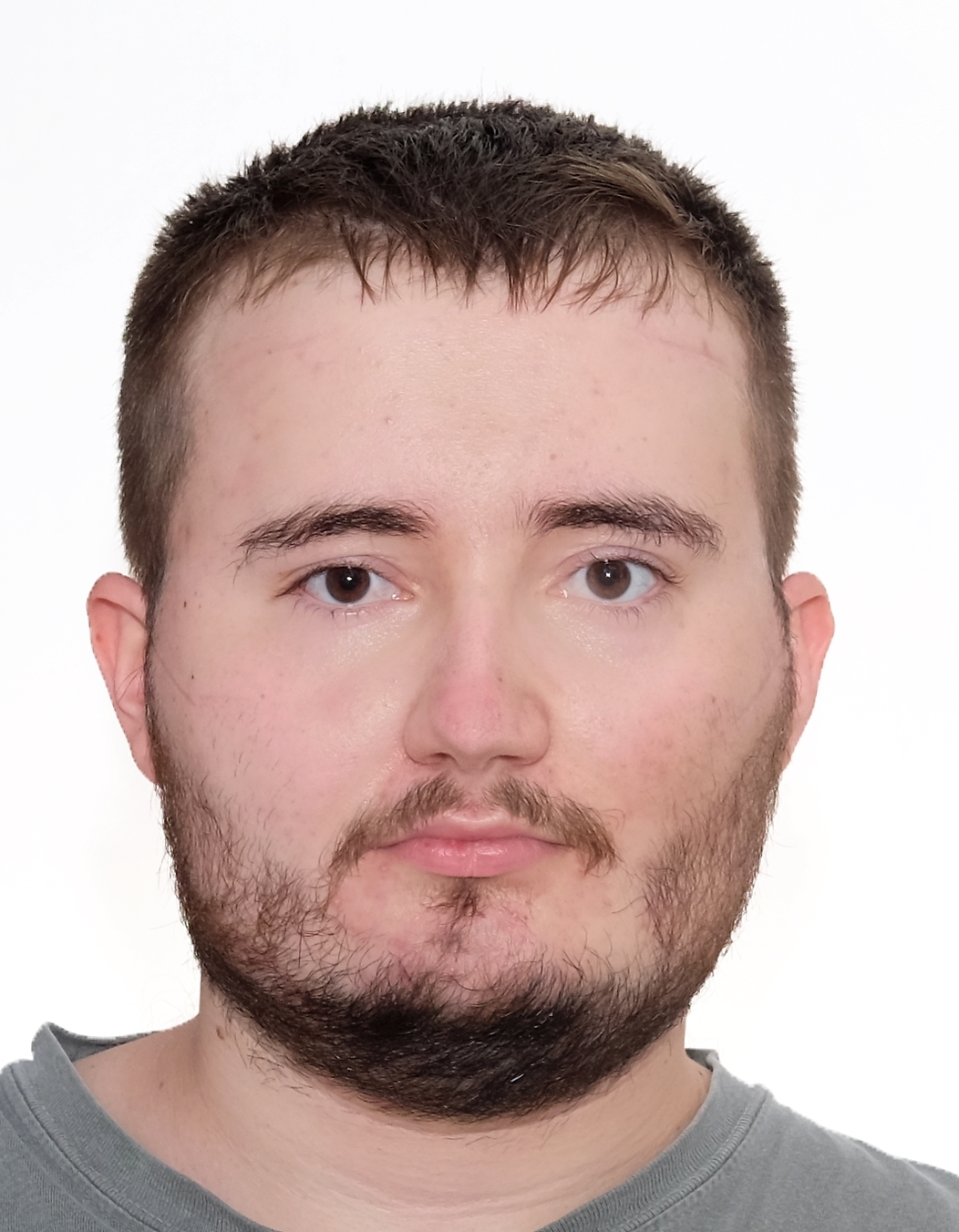Tomb of the Innocent
Our mistakes cannot be undone. All we can do is grieve and learn.The courts of law are not perfect, even with the existence of magic able to enforce the truth. There are many cases where an innocent victim has been convicted and suffered the ultimate price - only for damning evidence or overwhelming proof to be discovered years later, proving their innocence beyond any shadow of a doubt. The real culprit being caught and suffering punishment for their crimes does not somehow atone for the mistake - there is still an innocent person, often one that left behind family and friends, who now rests in a criminal's grave. Every nation has their own way of handling this. The Medimian Empire often declares the innocent victim a culprit, or uses their untimely death to martyr them for a state-approved cause. The Aletheian Empire is varied across its many states in how exactly the procedures are carried out, but the Emperor mandates significant compensation be given to the victim's next-of-kin. Vuorenmaa allows the next-of-kin to exact their price in blood from the true guilty party, and the Kingdom of the Galasthin Elves seeks methods of raising or at least communicating with the unfairly-killed to set their spirits to rest and bring their family peace. Gildómar goes further than most of these, in a sense. The dwarves of Gildómar already memorialise their dead in Memory's Pathway - it should come as no surprise that those proven innocent post-mortem are remembered with great guilt in the Tomb of the Innocent.
Purpose / Function
Here lies Hegron Borbuzhel, the Head Scribe of Urstolfyan Manuscriptorium. She knew the codes no other did, and protected the Manuscriptorium's secrets to her death. May we remember her unyielding courage in the face of adversary, and her unflinching duty to her work.The Tomb is one of the larger above-ground structures in Fyrneistur, sitting not far from the Pathway, and contains memorials for every single identified person who was killed unjustly. The definition of an 'unjust death' is not limited to only deaths via capital punishment; the Gildón military and guard are not strangers to the concept of a mistaken kill. Prison, too, is a harsh place, and not all escape alive. Some innocents cannot bear the stress of the initial questioning either - or are killed by vigilantes seeking their own brand of justice. Despite state attempts to quash them, gangs are present in Gildómar, and are also known to strike at those deemed guilty as part of their own revenge. It would be a further injustice to these souls to ignore their deaths simply because their untimely demise was not at the hands of Law itself. Therefore: they too are memorialised at the Tomb.
She was killed as a result of her endless duty, unknowingly set up by the Manuscriptorium's Chief as a scapegoat for his murderous and thieving ways. She went to death gracefully, maintaining her innocence in front of the very eyes of Torag himself.
The individual memorials in the Tomb are simple enough in style: a portrait of the deceased under which a plaque with their details sits, a representation of their heartstone, and a book of their life and deeds.
It is considered an honour to contribute to these books.
Architecture
Next to the pillar of our hopes and dreams lies the burrowing tomb of our guiltiest failures...As has been mentioned, the Tomb is a rather immense structure. It is built in the traditional harsh dwarven architectural style, having originally been constructed in the Divine Era and only maintained and improved since then. Aside from the main floor - which is somewhat of an atrium, and where the most recent victims are memorialised - the floors are lit only by candlelight and magic, as the lower floors are all underground. Navigating to those more mazelike lower levels requires utilising the building's lift systems, which function on a mixture of mechanical engineering and divine magic - with the magic lending largely speed and resistence benefits. Those wishing to find a specific memorial lower down usually consult the maps and records located in the library that takes up much of the Tomb's first four below-ground floors.
Alternative Names
the Final Rest of the Truthful
Type
Tomb
Parent Location
Owner
Owning Organization







I've never seen any address what happens when the judicial system gets it wrong and it ends badly. This was such joy to read :D.